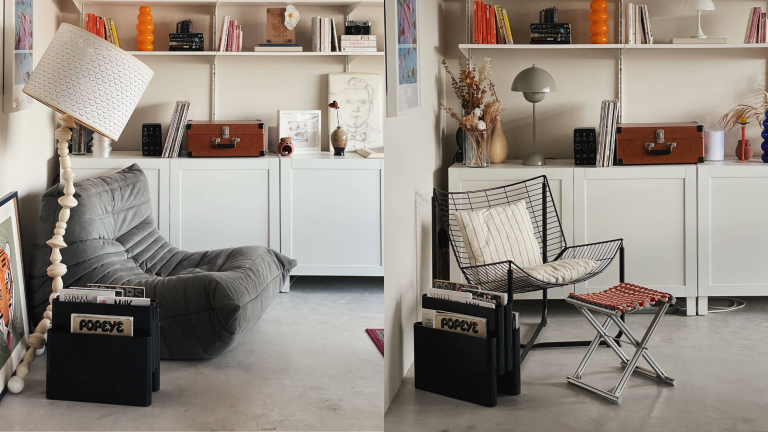Exploring Electrical Fittings in the Dynamic Philippines
The realm of electrical fittings holds paramount importance. From residential spaces to commercial establishments, ensuring safety, efficiency, and compliance with regulations is essential. Exploring the intricate landscape of electrical fittings in the Philippines unveils a tapestry woven with diverse practices, regulations, and cultural influences.
Cultural Considerations
Embedded within the fabric of Filipino society are unique cultural nuances that influence the approach to electrical fittings. The concept of “bahala na” (come what may) often intertwines with the meticulous planning required for electrical installations. While spontaneity and adaptability are celebrated virtues, they must be balanced with adherence to safety protocols and standards.
Regulatory Framework
The regulatory framework governing electrical fittings in the Philippines is anchored by the Electrical Code, administered by the Institute of Integrated Electrical Engineers (IIEE). This comprehensive code sets forth guidelines for installation, maintenance, and safety practices. Compliance with the Electrical Code is not merely a legal requirement but a moral obligation to safeguard lives and property.
Types of Electrical Fittings
In the Philippines, electrical fittings encompass a broad spectrum of components and systems tailored to diverse applications. From the humble electrical outlet to sophisticated distribution panels, each fitting serves a unique purpose in the grand orchestration of power distribution. Common electrical fittings Philippines include switches, sockets, circuit breakers, and grounding systems, each playing a vital role in ensuring the seamless flow of electricity.
Challenges and Solutions
Navigating the terrain of electrical fittings in the Philippines is not without its challenges. One prominent issue is the prevalence of counterfeit electrical products flooding the market. These substandard products pose grave risks to safety and performance, underscoring the importance of sourcing fittings from reputable suppliers. Additionally, the scarcity of skilled professionals proficient in electrical installations presents a bottleneck in ensuring quality workmanship. Addressing this challenge necessitates investment in vocational training and certification programs to cultivate a skilled workforce adept at meeting the nation’s electrical needs.
Emerging Trends
As the Philippines embraces technological advancements, the landscape of electrical fittings continues to evolve. The integration of smart technologies offers unprecedented levels of efficiency and convenience. From automated lighting systems to remote-controlled outlets, smart fittings empower users to exert greater control over their electrical infrastructure while minimizing energy consumption. However, alongside these innovations, it is imperative to prioritize cybersecurity measures to safeguard against potential vulnerabilities inherent in interconnected systems.
Sustainability Imperatives
In an era marked by environmental consciousness, sustainability considerations permeate every facet of society, including electrical fittings. The Philippines, endowed with abundant renewable energy resources, stands poised to harness clean energy technologies to mitigate its carbon footprint. Embracing energy-efficient fittings and renewable energy solutions not only reduces operational costs but also contributes to the nation’s commitment to environmental stewardship.
Conclusion
In the dynamic milieu of the Philippines, electrical fittings serve as the lifeblood that powers progress and innovation. Balancing tradition with modernity, compliance with regulations with innovation, the journey of navigating electrical fittings embodies the nation’s resilience and adaptability. As the Philippines charts a course towards a brighter, electrified future, the principles of safety, efficiency, and sustainability will illuminate the path forward.







